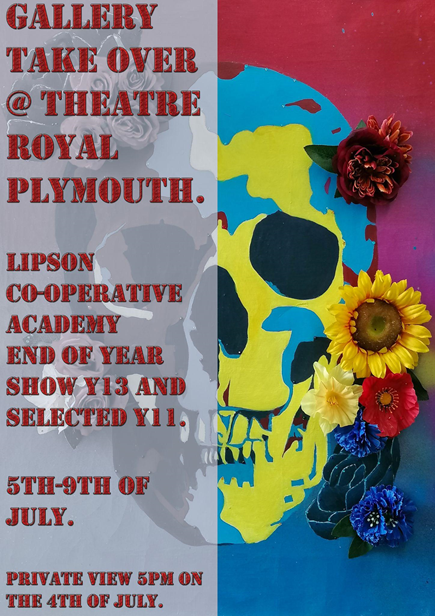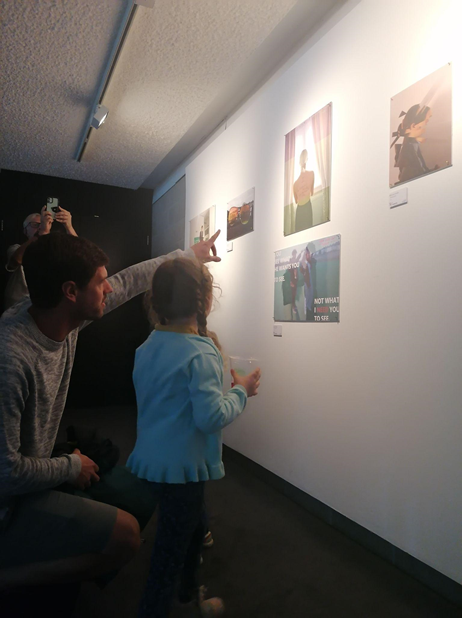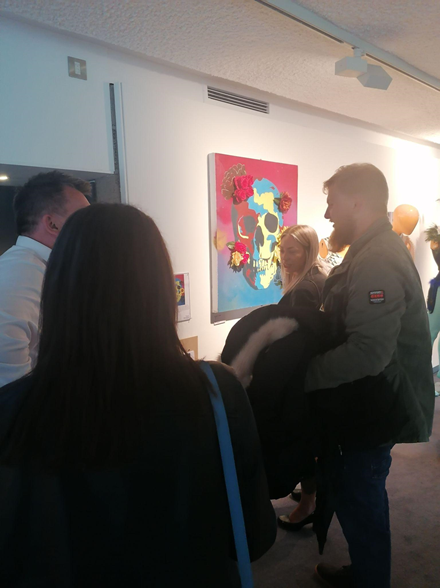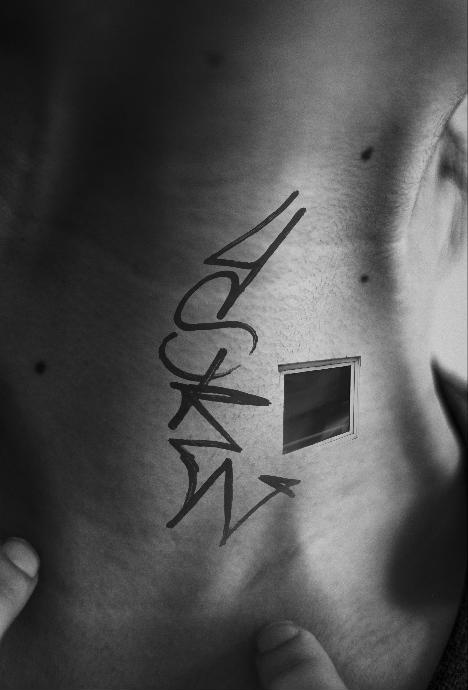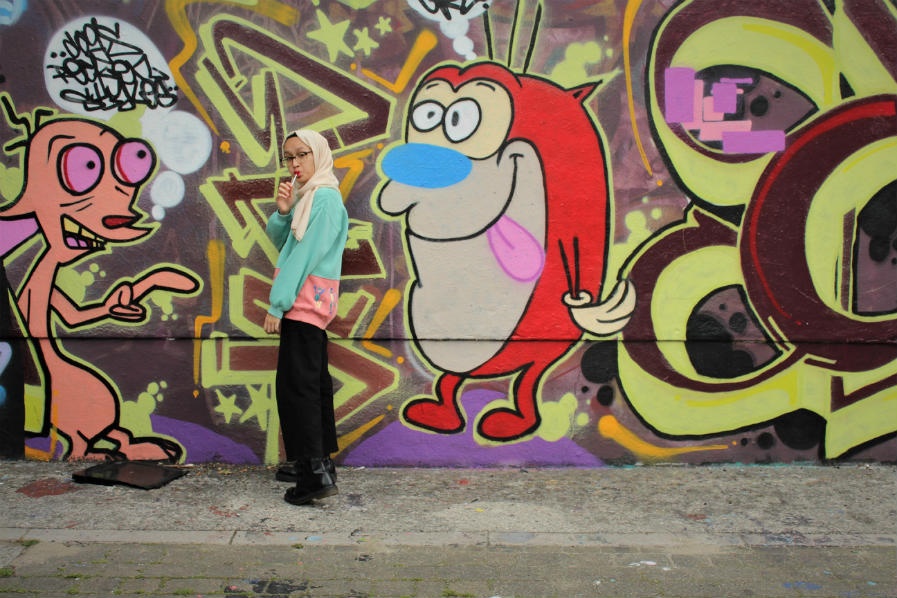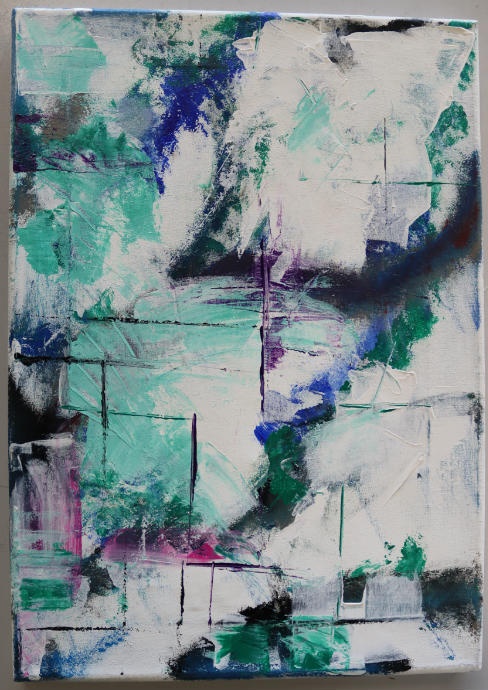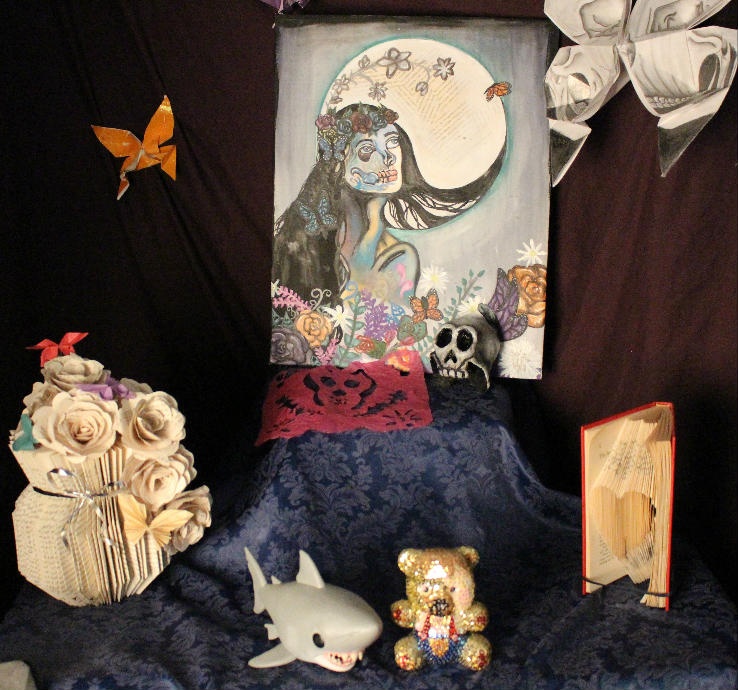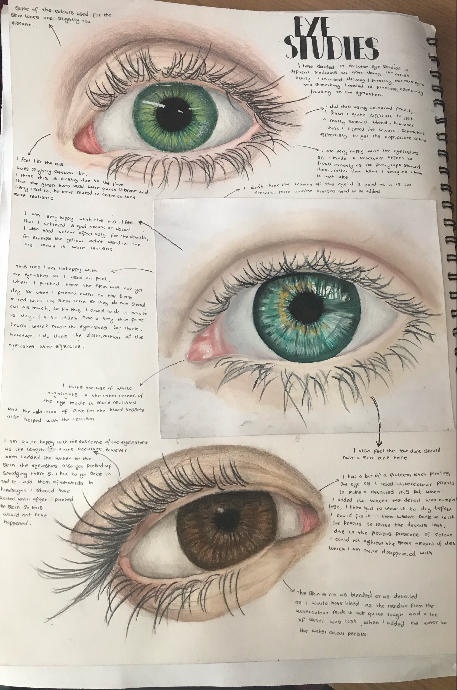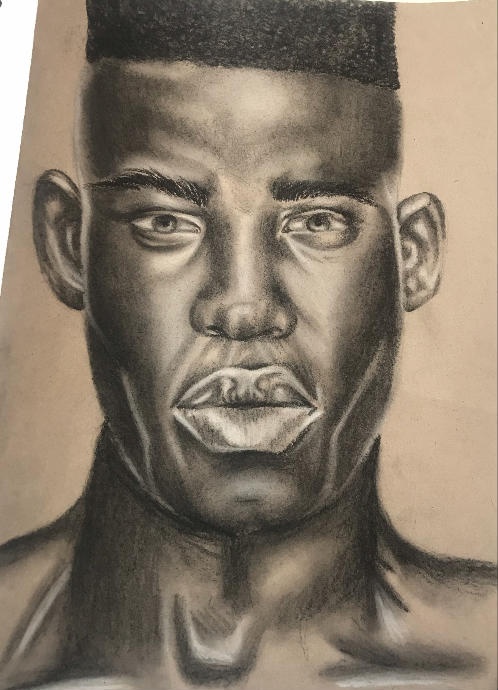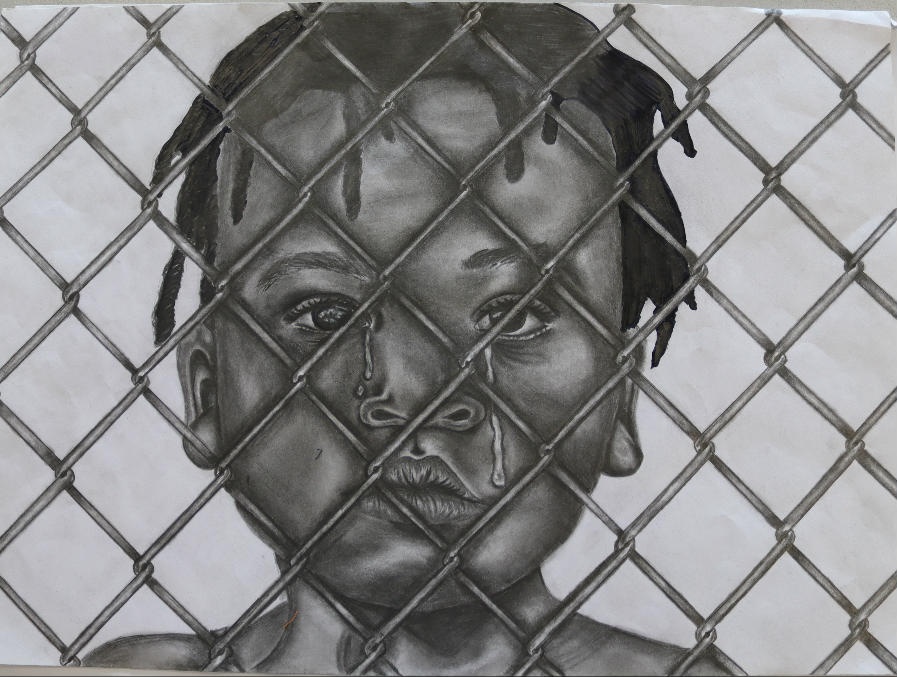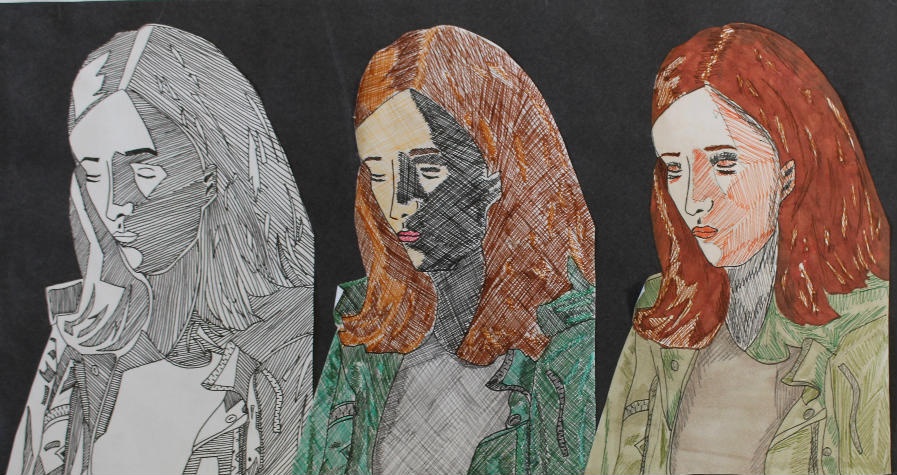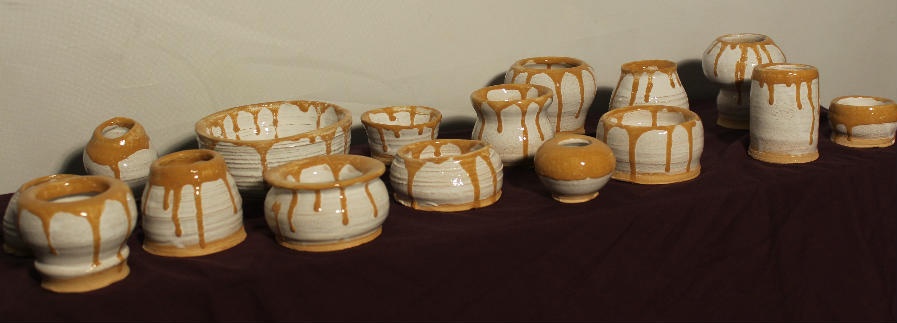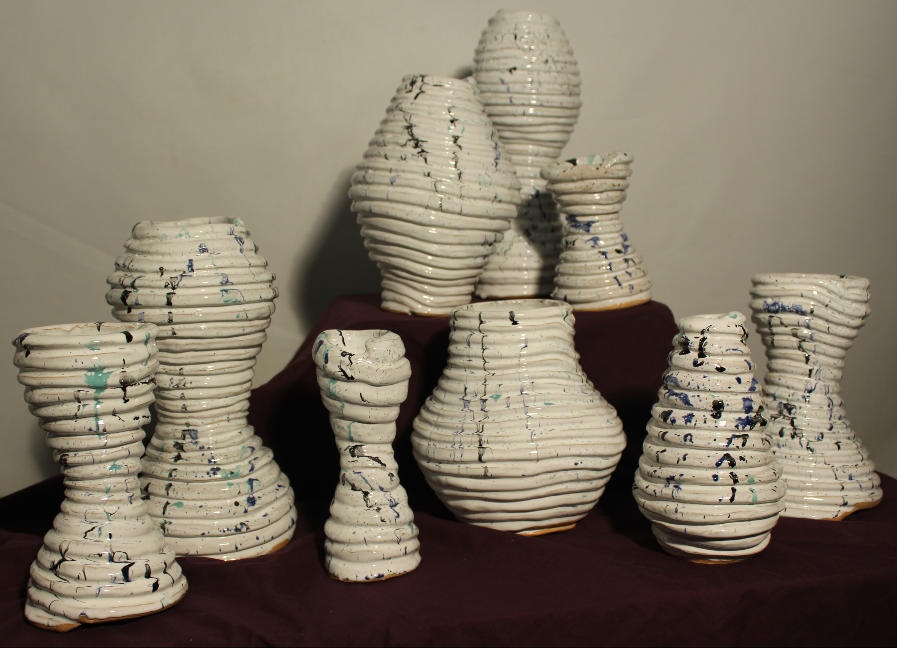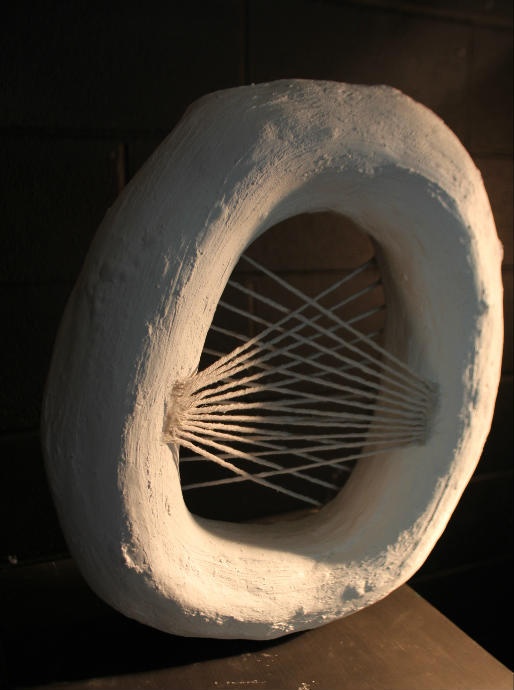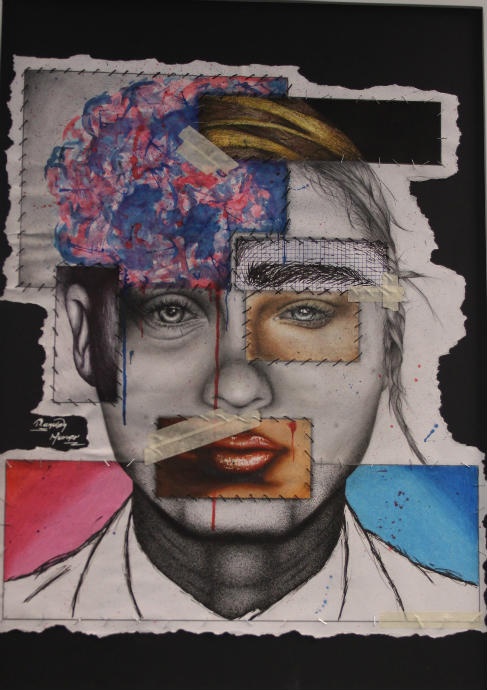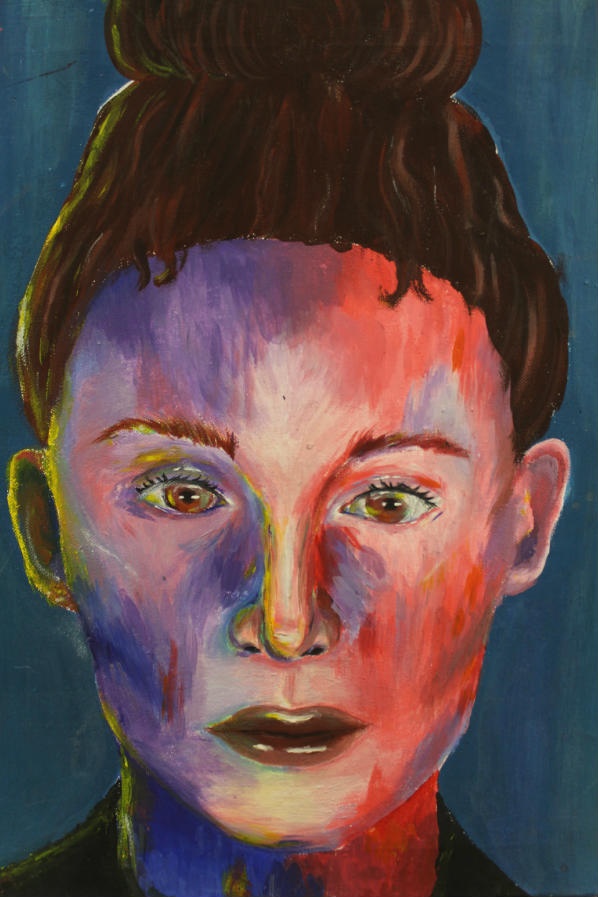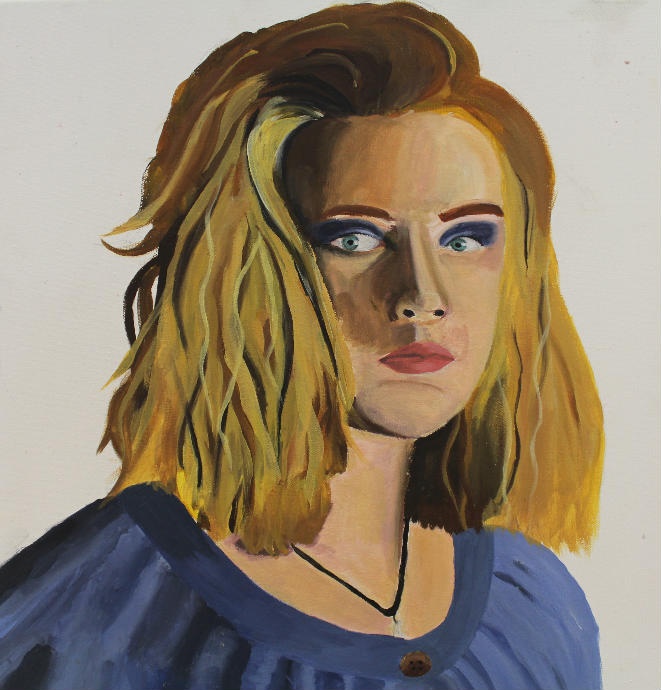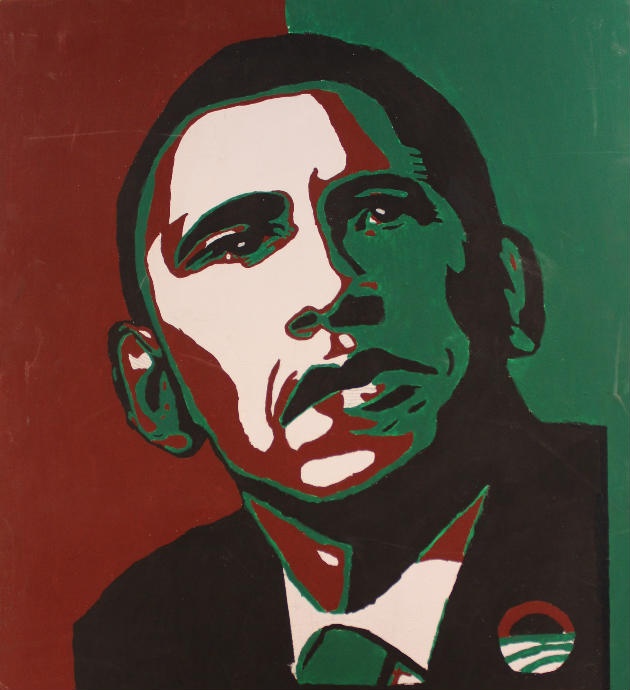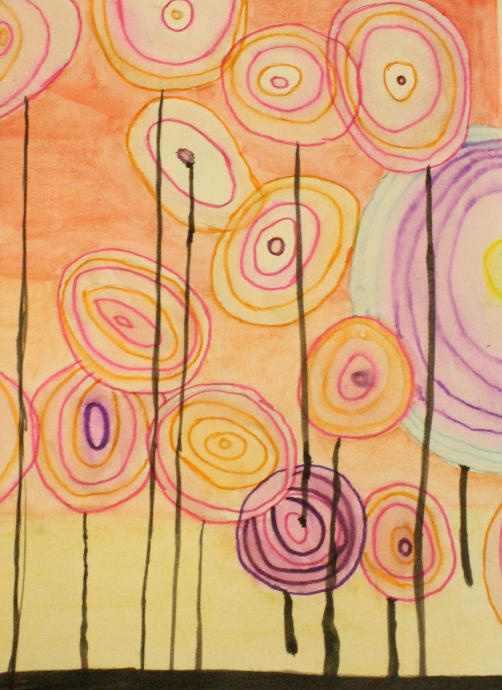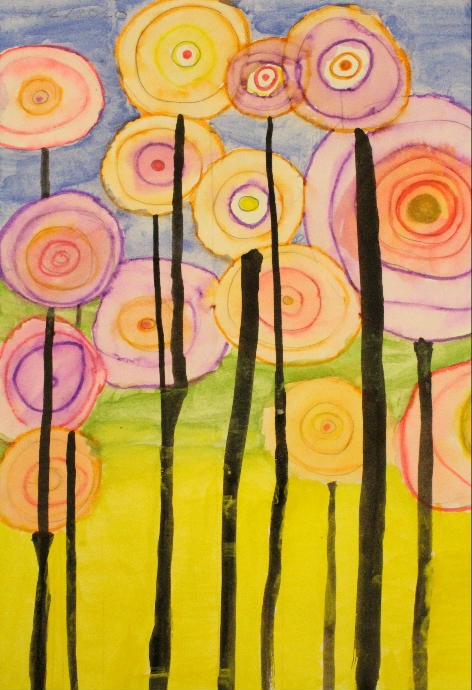Art, Photography and Textiles
Art is an expression of our thoughts, emotions, intuitions, and desires. It is about sharing the way we experience the world, which for many is an extension of our personality. It is the communication of intimate concepts that cannot be faithfully portrayed by words alone.
At Lipson our knowledge-rich curriculum inspires students to develop their knowledge of the world around them through personal investigations into a broad range of traditional and contemporary artists, designers, craftspeople and cultures. They develop their knowledge, understanding and skills of two and three dimensional materials through a wide range of creative, exciting and stimulating learning experiences.
Our curriculum ensures all students achieve mastery whilst cultivating their artistic skills.
Meet The Team
- Tabatha Gravener - Head of Art, Photography and Textiles. Teacher of Art, Textiles and Photography
- Rhys Phillips - Head of Media, Teacher of Art, Media and Photography
- Sarah Law - Teacher of Art
- Amanda Lockhart - Teacher of Art
- Tobias Pyrke - Teacher of Art
- Karen Metcalfe - Art Technician
Transition & Building on KS2
We work with our Primary Partners on a number of art projects throughout the year and ensure that our curriculum builds on their foundations.
Our Curriculum
Our curriculum is engaging, exciting and above all creative. In KS3 students learn, develop and perfect key skills in a range of mediums. At KS4 students can choose to focus on the mediums of:
At KS4 students can choose to focus on the mediums of:
- Art
- Art Textiles
- Photography
- Sculpture
At KS5 students can study:
- A Level Fine Art
- A Level Photography
- A Level Textiles
- Graphic communication
- 3D
- Curriculum Overview Art KS3 (Click here)
- Curriculum Overview Art KS4 (Click here)
- Curriculum Overview Photography KS4 (Click here)
- Curriculum Overview Art KS5 (Click here)
- Curriculum Overview Photography KS5 (Click here)
Our Curriculum Learning Pathway
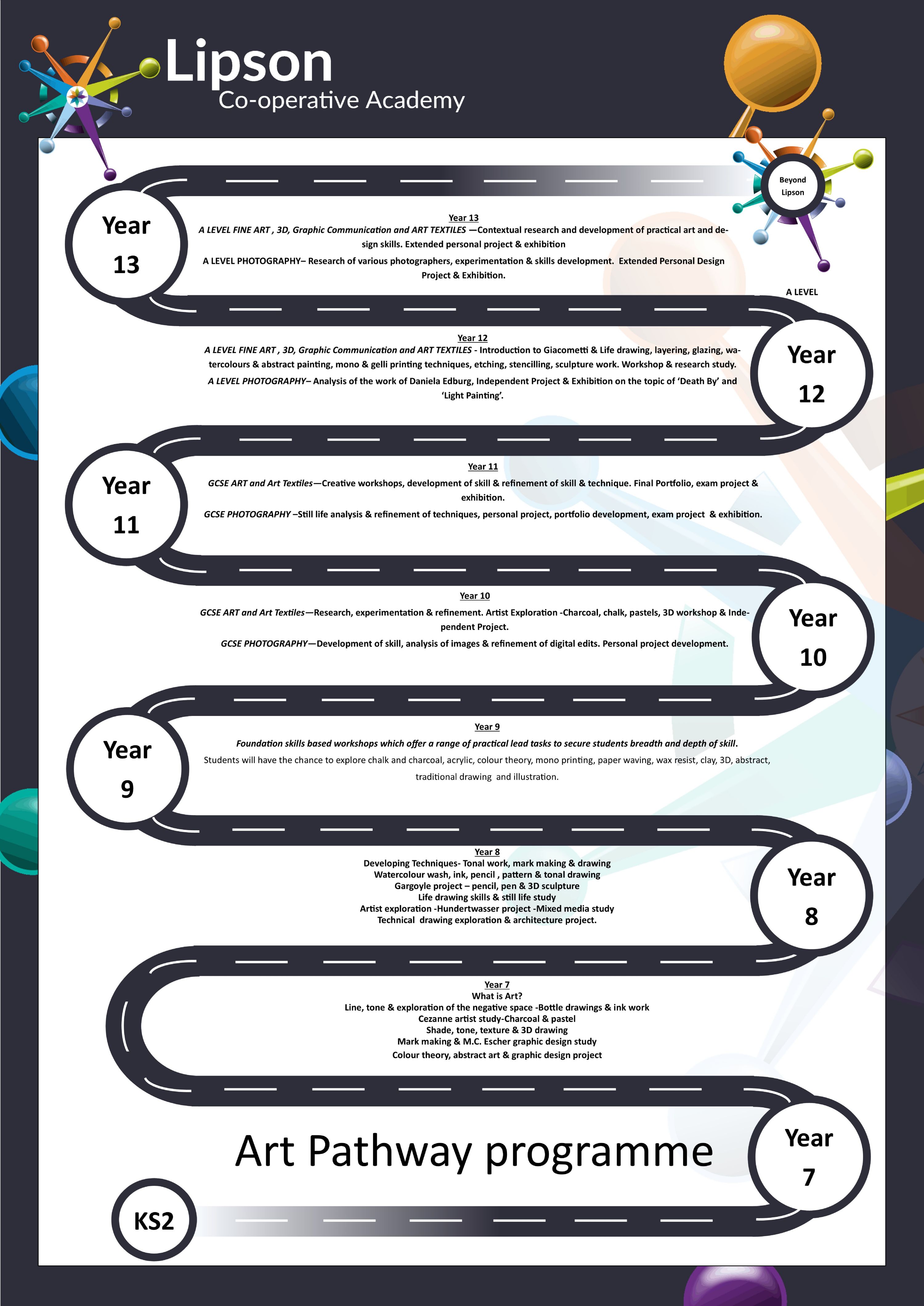
Key Stage 3 - Years 7 & 8
At Lipson during year 7, 8 and 9 Art classes we make sure that all students gain a rich and varied Art education. Students will all learn key artistic skills such as drawing, painting, sculpture, printing, photography and digital Art techniques that develop a tool kit of practical skills that prepares them for the GCSE programme. Students will also learn the importance of design, research, analysis and review leading to a more sophisticated view of their own work and their lives in general. Students will learn about presentation. Students will begin to design and explore individual outcomes and respond to personalised targeting and questioning while learning how to express themselves creatively.
Key Stage 4 - Years 9, 10 & 11
KS4 Exam Board - AQA
GCSE Art
GCSE Art provides students with a wide range of creative, exciting and stimulating opportunities to explore their interests in ways that are both personally relevant and developmental in nature.
This two-unit specification enables students to develop their ability to actively engage in the processes of Art – to build creative skills through learning and doing, to develop imaginative and intuitive ways of working and develop knowledge and understanding of media, materials and technologies in historical and contemporary contexts, societies and cultures.
Assessment is by Unit 1: Portfolio of Work (Unit 2: Externally Set Task)
It is a strong foundation for further progression to Art and Design related courses such as A-level Art, Textiles, 3D, Photography and Graphic Communication in addition to enhanced vocational and career pathways. This is the preferred pathway for all students thinking about a career in the creative industries.
The GCSE Art/ Art Textiles course offered at Lipson is tailored to our students in order to create a varied, exciting and imaginative art education in Key Stage 4. At Lipson we pride ourselves on our individual approach to teaching and learning.
Students opting to take Art as a GCSE will learn a wide range of skills and techniques as well as exploring a range of artists and movements.
Students will develop their ability to use a large selection of traditional artistic processes but will also be expected to work in the more modern digital media as well.
By the end of the course students will have produced two separate coursework projects and one exam project.
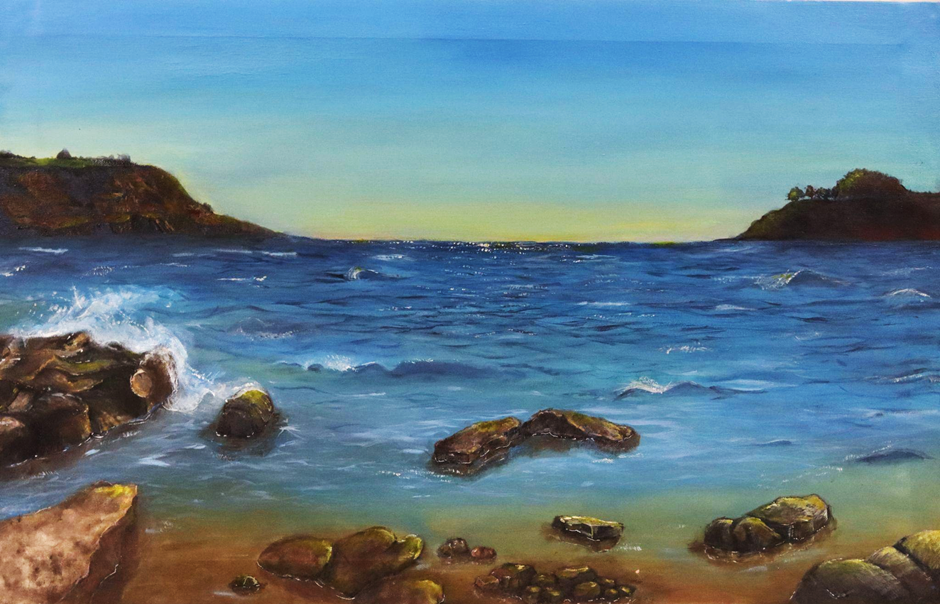
GCSE Photography Assessment Objectives
Photography may be defined as the creative journey through the process of lens- and light-based media. This could include work created using film, video, digital imaging or light sensitive materials. With the developments of new affordable lens-based technologies, students should attempt to use the photographic mediums to explore and create a body of work, which develops and refines both the process and the concept. Students will also understand that Photography practitioners may work to client commissions within a commercial photography studio, or work as freelance photographers. They are given experience of using photoshop and have access to the latest digital SLR cameras.
Assessment is by Unit 1: Portfolio of Work (Unit 2: Externally Set Task)
It is a strong foundation for further progression to Art and Design related courses such as A-level Photography, Art and Design and enhanced vocational and career pathways. This is the preferred pathway for all students thinking about a career in the creative industries.
The GCSE Photography course offered at Lipson is designed to give students a strong practical foundation in Photography. At Lipson we pride ourselves on our individual approach to teaching and learning and support students' individual development as they develop their practical skills.
By the end of the course students will have produced two separate coursework projects and one exam project.



AQA co-taught Fine Art, 3D, Graphic Communication and Textiles A-Level Assessment Objectives
AQA A Level Fine co-taught Fine Art, 3D, Graphic Communication and Textiles leads into many creative industry disciplines, such as:
Advertising, Animation, Archaeology, Architecture, Teaching, Art Therapy, Ceramic Design, Sculpture, Graphics, Computer Game Design, Conservation, Textile or Fashion Design, Art Technician, Display or Interior Design, Industrial Design, Film Production, Theatre Production. Such career choices will sometimes require students to complete a Diploma in Foundation Studies (Art and Design).
Component 1: Portfolio worth 60% of the total mark
Each student must include in their portfolio:
1. a selection of thoughtfully presented work that demonstrates the breadth and depth of the course of study
2. at least one extended collection of work or project, based on an idea, concept, theme or issue. This should demonstrate the student’s ability to sustain work from an initial starting point to a realisation. It should include evidence of their ability to research and develop ideas and link their work in a meaningful way to relevant critical/contextual materials. Portfolios may also include:
a) critical/contextual work, which could include written material such as journals, reviews, reflections and evaluations, annotations and historical background material. Evidence may be included from books, journals, moving images, photographs, digital presentations and the internet, as well as studies made during a residency, site, gallery or museum visit.
b) sketchbooks, workbooks, journals. Alternatively, students may wish to present a series of related images mounted on sheets.
c) where appropriate to the student’s area of study, test pieces, samples, storyboards, models or maquettes.
Component 2: Externally set assignment worth 40% of the total mark
These will consist of a choice of five questions to be used as starting points. Students are required to select one and will be provided with examination papers on 1 February. Following the preparatory period, students must complete 15 hours of unaided, supervised time. The first 3 hours of the supervised time must be consecutive. In the 15 hours students must produce a finished outcome or a series of related finished outcomes, informed by their preparatory work.
The student will develop skills and techniques depending on their chosen field of study including
- Painting, drawing and working in a range of 2D mediums
- Print making
- Sculpture
- Instillation
- Conceptual art
- Ability to respond to an issue, concept or ideas
- Historical and contemporary developments in the production of art as well as different styles and genres
- How images and artefacts relate to social, environmental, cultural and/or ethical contexts, and to the time and place in which they were created
- A working vocabulary and specialist terminology that is relevant to their chosen area of study.
In order to be successful in Fine Art you need to have a genuine passion for the subject. Although this course demands your time and commitment, we believe you will find the challenges rewarding and fulfilling. This subject provides the ideal platform for any student wishing to pursue the extensive career opportunities in the art and design or creative and visual arts field. It will also appeal to those students who have been successful at GCSE and wish to maintain a creative balance within their studies at A Level.
Entry Requirements: Level 5 in GCSE Textiles or Art preferred, 5 GCSE’s at Level 5 or above including Level 5 in English.


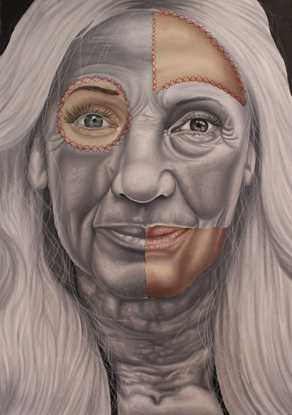
Edexcel Photography A-level Assessment Objectives
This creative Photography course has an emphasis on Photography as an art form, focusing on lens-based and digital-media. You will use the camera as a tool to develop your visual thought processes as well as your creative and critical abilities. The aim of this course is to develop your skills and understanding as a photographer by producing technically sound and visually enhancing photographs.
Where could this take you?
- Portrait/ wedding and events Photographer.
- Commercial Photographer.
- Scientific Photographer.
- Photojournalist/News Photographer.
- Freelance Photographer.
- Fine art Photographer.
You will be trained to professional standards which could lead on to employment in art, craft and design industries, media and allied sectors, or preparation for entry to higher national or undergraduate degree programmes within the arts and media disciplines. Photography would be a useful A Level to have if you are considering a career in journalism, graphic design, illustration, architecture, forensic science or television as well as photography and other creative subjects.
Component 1: Portfolio worth 60% of the total mark
Students will explore digital media such as Photoshop and become adept at modern photo editing using both PCs and MACs. Students will explore landscape, portrait, light painting, external flash, film photography and darkroom skills, fashion and many other styles of photography. Students will learn to discuss and analyse the work of others and respond to a variety of starting points and produce high quality projects and final images. Students will have the chance to visit photographic exhibitions, work with professional photographers and exhibit their own work.
Each student must include in their portfolio:
- A selection of thoughtfully presented work that demonstrates the breadth and depth of the course of study
- Experimentation working with digital, film based and other ways of exploring a lensed based practice.
- Development of students own narrative within their chosen area of study.
- An in-depth essay that explores an area within Photography which is directly linked to students portfolio work.
Component 2: Externally set assignment worth 40% of the total mark
These will consist of starting points provided by Edexcel which will be released on the 1st of February. Students are then required to create a preparatory project. Following the preparatory period, students must complete 15 hours of unaided, supervised time. The first 3 hours of the supervised time must be consecutive. In the 15 hours students must produce a finished outcome or a series of related finished outcomes, informed by their preparatory work.
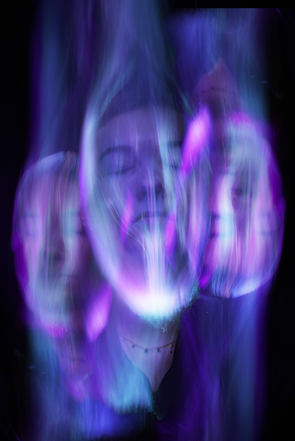

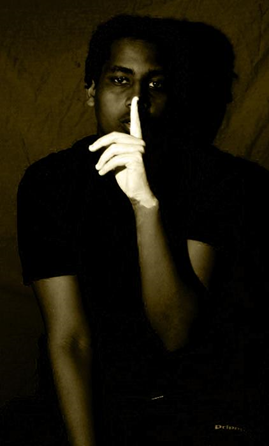
These will consist of starting points provided by Edexcel which will be released on the 1st of February. Students are then required to create a preparatory project. Following the preparatory period, students must complete 15 hours of unaided, supervised time. The first 3 hours of the supervised time must be consecutive. In the 15 hours students must produce a finished outcome or a series of related finished outcomes, informed by their preparatory work.
End of Year Show at the Theatre Royal Plymouth
